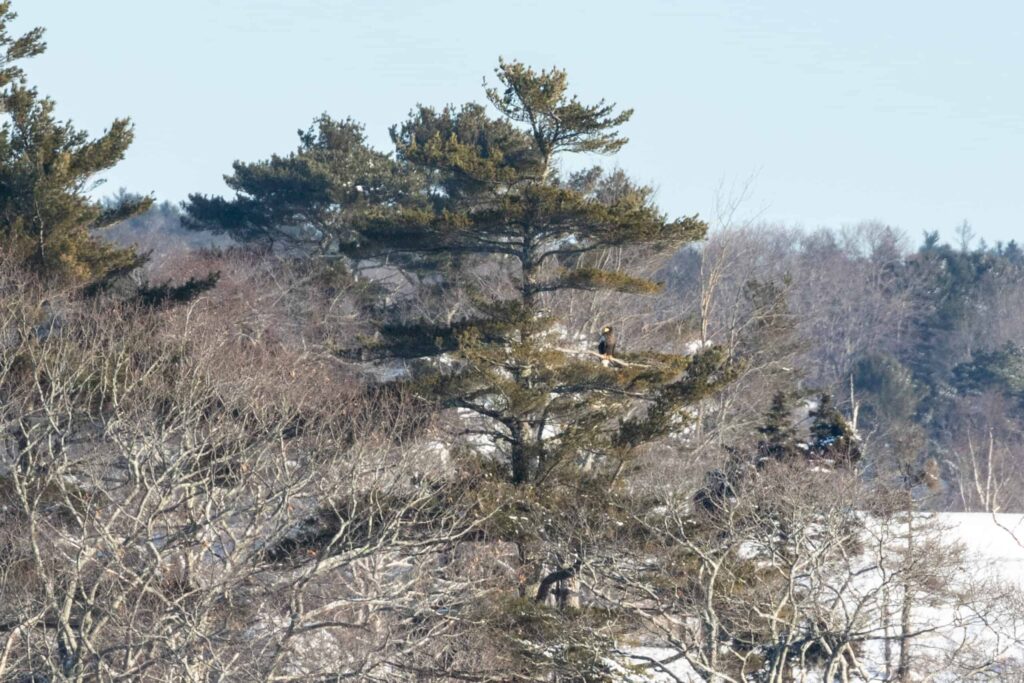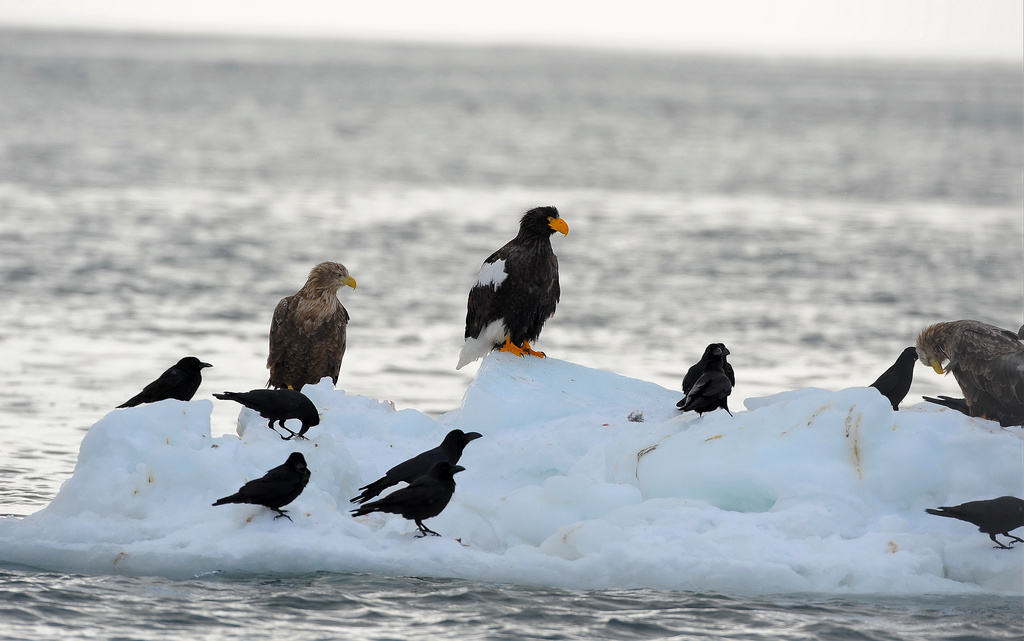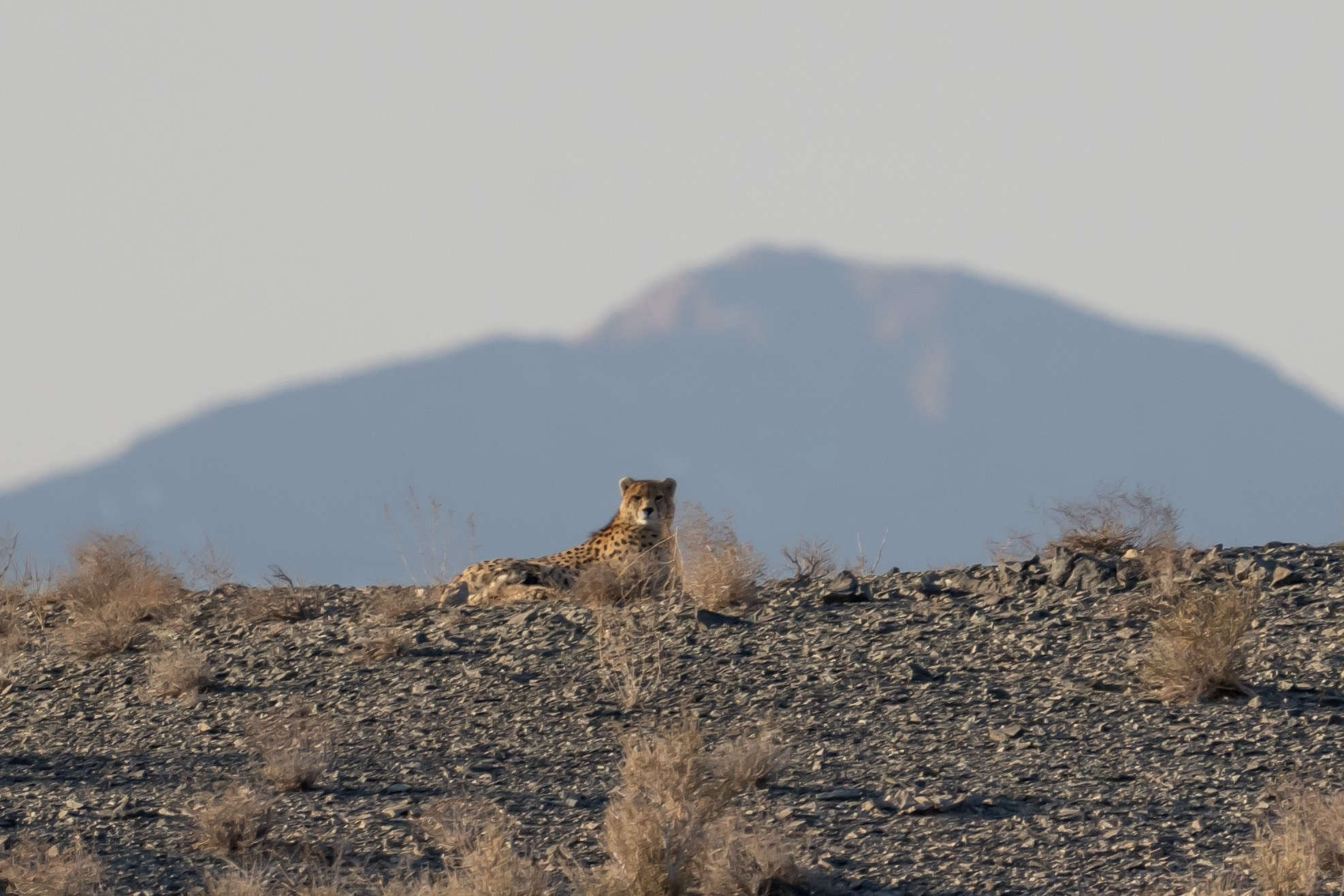Share this article
Wildlife Featured in this article
- Steller’s sea eagle
How much is a vagrant Steller’s sea eagle worth?
Researchers quantify the dollar value of a random vagrant appearance of an exotic bird
In August 2020, birders first reported sightings of a Steller’s sea eagle in parts of Alaska. The bird, which looked like a bald eagle but larger, had a distinctive color pattern that looks something like a dripping white paint stroke from a brush.
While uncommon, the occurrence wasn’t completely rare. The normal range for these raptors lies in coastal Japan and eastern Russia, and they occasionally make their way to Alaska.
But what happened over the following months set the bird world ablaze.
The Steller’s sea eagle (Haliaeetus pelagicus), appeared in Victoria, Texas in March 2021—right in the middle of the state and far from any coast.
“This one certainly created buzz,” said Brent Pease, an assistant professor in forestry at Southern Illinois University. Local birders in Texas began traveling to see the eagle—dubbed Stella by enthusiasts. But it didn’t stay in one place too long. By June that year, it made its way to the Gaspe Peninsula of Quebec. By the winter of 2021, it landed in Nova Scotia, then dipped down into Massachusetts not far from Boston. It eventually settled in Maine, where it remained for some time.
“It was very unlikely that the bird would find its way back home,” Pease said.
But bird-watchers were thrilled. By this point, the eagle had become a complete celebrity as birders gushed over it on social media, organized road trips and even booked flights to New England. “Thousands of people were going to see it,” Pease said.
Putting a value on vagrancy
Watching all of this unravel from southern Illinois, Pease began to wonder if there was a way to quantify the conservation value of a transient, exotic bird like this.
The question speaks to a larger trend in conservation and wildlife management. It’s always been a little easier to put a dollar value on deer or trout, since state wildlife agencies make money selling hunting and fishing licenses. Bird-watchers—and many other nonconsumptive nature users also inject money into local economies when they travel. But it’s sometimes a challenge to put a dollar value on the benefits they provide the economy other than through park fees, despite the fact that wildlife viewing certainly boosts economies.
“Bird watching is a very important ecosystem service—it brings in millions of dollars every year,” Pease said.
For a study published recently in People and Nature, he and his colleagues created a survey intended for people who had traveled to Maine or Massachusetts to see the bird. They sent it out to bird-watching forums, social media users and group chats. The survey included 50 questions touching on how respondents traveled, how much money they spent on hotels, meals, flights and other expenses during their birding trips, as well as whether they had seen the Steller’s sea eagle—a species considered vulnerable by the International Union for Conservation of Nature.
The team ended up getting about 600 completed surveys back. People had traveled from as far away as Arizona, they found. Since they knew not everyone who traveled to see Stella took the survey, some of the questions also asked things questions how many other birders were around at the time they visited. Pease and his colleagues used these numbers, as well as general comments they pulled from social media and reports on eBird—a citizen science platform—to get a minimum number of people that likely traveled to see the sea eagle.
Once they had this number, the researchers multiplied it by the average amount of money spent by the respondents in their survey. This gave them an estimate of about $750,000 that Stella likely brought to the communities in Maine and Massachusetts in late 2021. Just the same, Pease believes this is a low-ball estimate, and that the true amount of money birders paid to try to see Stella was more than $1 million.
“Maine in January is probably not a very enjoyable place to be,” Pease said, but the bird still managed to boost the local tourism industry. “This is a bird that has nongame value—it’s just people that love to go bird watching.”

Reaching policymakers
Another set of questions in the survey asked birders how much they’d be willing to pay to see the sea eagle if there had been a fee of $5 to $200. Some 16% of birders reported they would pay $200 to see the bird, while only 8% of respondents said they wouldn’t pay anything to see the bird.
Based on Pease’s estimate of how many people visited Maine and Massachusetts to see Stella, the fee alone could have brought in up to $175,000. He said this represents a potentially untapped conservation value.
“If folks are willing to donate to protect his bird, can we take these dollars and put them into land protection or something?” he wondered.
However, it’s not easy to set up a way to capture these kinds of fees. “Vagrants are a difficult one because we can’t really plan for them,” Pease said.
But, in general, he said that more studies like this are necessary to put a dollar sign value on nonconsumptive wildlife activities. This type of research can help spur politicians to act on conservation measures that have the potential to bring more money into the local communities they represent, he said.
Meanwhile, Stella hasn’t stopped drawing in the birders. The bird continues to bounce between Maine, Massachusetts, Nova Scotia, Quebec and New Brunswick. “I think Stella is here to stay,” Pease said.
Header Image: Steller’s sea eagles are usually found in Japan and Russia. Credit: Robert tdc








